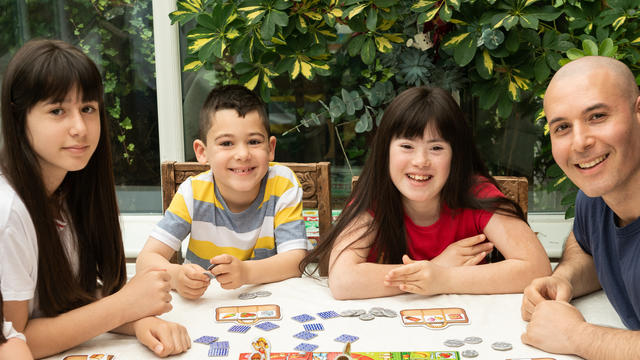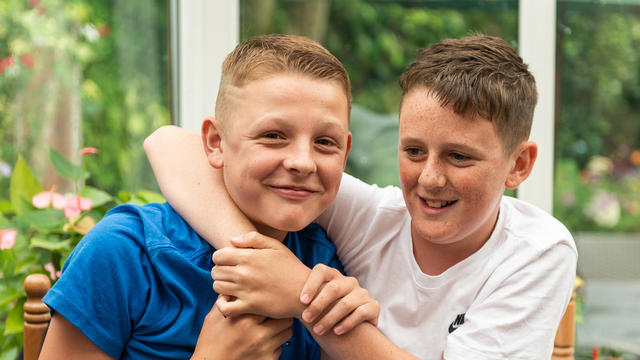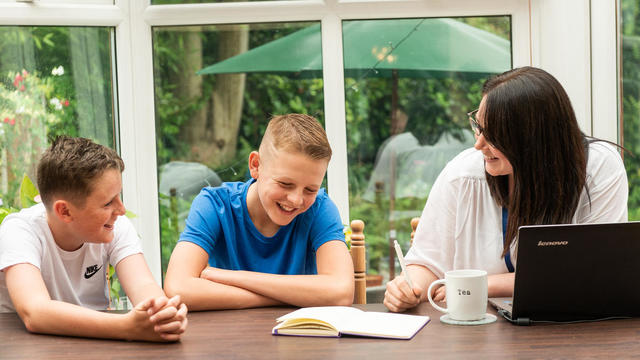Resources, information and advice
With numerous studies, surveys, professional approaches and expert opinions around sleep, there can be conflicting messages about sleep support approaches.
All the approaches and methods we use are aligned with the best practices recommended by the NHS (UK).
Whilst there are common sleep issues and strategies that may support the sleep of most babies and children, we also acknowledge there are different parenting and professional styles that may favour one approach over another. There is no single solution that will suit everyone.
If you live within an area where you can access our sleep clinics or wish to buy our services, you will receive personalised, bespoke support to suit you and your child from a qualified specialist sleep practitioner.
For more specific advice on the under 2s age group, we would advise you to consult with the Baby Sleep Info Source (BaSIS) website BASIS – Baby Sleep Information Source (basisonline.org.uk) and the National Childbirth Trust (NCT). The UK's leading charity for parents | NCT
The advice here is for general information purposes only and is intended to give you some basic tips and strategies. Our advice is NOT intended to be a substitute for medical advice or treatment.
Resources for under 2 year olds
Baby sleep tips: Changing sleep needs
As your baby grows, their sleep needs change, and the number of naps or amount of day sleep will change.
Download our Changing sleep needs resource here.
Baby sleep tips: Co-sleeping/bed-sharing
Co-sleeping is when you and your baby share a sleeping space in the same bed. Co-sleeping is a personal choice, but we recommend you read the available information to make an informed choice and make co-sleeping as safe as possible.
Download our Co-sleeping/bed-sharing resource here.
Baby sleep tips: Environment
The environment your baby is sleeping in can have a big impact on their sleeping pattern.
Download our Sleeping environment resource here.
Baby sleep tips: Helping to self-settle
Self-settling can be an effective technique in developing good sleeping patterns for your baby.
Download our Helping to self settle resource here.
Baby sleep tips: New-born baby sleep
New-born baby sleep is a little chaotic and all over the place. They won’t know the difference between day and night until they are at least two months old.
Download our New-born baby sleep resource here.
Baby sleep tips: Safe sleep
It is important to establish some safe sleep routines before looking at how else you can help your baby sleep. Safe sleep helps to reduce the risk of Sudden Infant Death Syndrome (SIDS), which is the unexplained or unexpected death of a baby.
Download our Safe sleep resource here.
Baby sleep tips: Self-soothing or self-settling
This is often what babies can find a little tricky. They will initially need help to settle with things like dummies, feeding, rocking, patting or being walked around.
Download our Self-soothing or self-settling resource here.
Baby sleep: Top tips
We have a selection of top tips to develop positive sleeping patterns for your baby.
Resources for over 2 year olds
Sleep tips: Afraid of the dark
These fears are very normal and usually start showing up around the age of two. The reason for this is that a toddler’s mind is maturing, their memory is getting longer, and their imagination continues to develop. They are starting to become more aware that there are things that can hurt them. They may have even watched a show or read a book that frightened them.
Download our Afraid of the dark resource here.
Sleep tips: Anxiety and fear
Cortisol is a hormone that is raised during times of stress and makes us feel alert and awake. It naturally reduces at night so that we can sleep. If your child is anxious at bedtime, their cortisol levels will be raised, and they will find it difficult to sleep.
Download our Anxiety and fear resource here.
Sleep tips: Beds
Make sure your child only uses their bed for sleep in order to associate it with relaxation and a pre-bedtime ritual such as reading a book rather than homework, gaming or playing with toys, for example.
Avoid using your child’s bed for time-out, or they’ll learn to associate it with punishment.
Download our Beds resource here.
Sleep tips: Bedtime routine
A bedtime routine helps to regulate children’s body clocks and aids relaxation, leading to a good night’s sleep. Trying a new bedtime routine might worsen sleep patterns before they get better. Consistency is important, and we advise sticking to the new routine for at least two weeks before you start to see some positive changes.
The goal of a good bedtime routine is for your child to fall asleep on their own, without being rocked, watching TV, or having you lay down next to them. This way, if they do wake up later, they should be able to fall back asleep without needing any extra help.
Download our Bedtime routine resource here.
Sleep tips: Example of Bedtime routine
A bedtime routine helps to regulate children’s body clocks and aids relaxation, leading to a good night’s sleep. Often, when trying a new bedtime routine, sleep patterns get worse before they get better. Consistency is important and we advise sticking to the new routine for at least two weeks before you start to see some positive changes.
Below is an example of a bedtime routine for a child whose bedtime is 8:15 pm.
It helps to have this routine displayed visually. It can be displayed as written below if your child can read. With younger children, you can use pictures or photographs of each activity and show these to them at the appropriate times whilst giving the instruction verbally.
Download our Example of a bedtime routine here.
Sleep tips: Exercise and daytime activity
People sleep significantly better and feel more alert during the day if they get at least 150 minutes of moderate to vigorous activity a week. Exercise is beneficial to both physical and mental health and increases your child’s need for sleep.
The relationship between exercise and sleep is a reciprocal one. It’s easier for your child to sleep when they have been active, and it’s easier to be active after a good night’s sleep.
Exercising is an energising activity that raises the core body temperature. About two hours before bed, core body temperature lowers, which signals to the brain that it’s time to fall asleep. Therefore, your child should avoid being active or exercising two hours before sleep.
Download our Exercise and daytime activity resource here.
Sleep tips: Nightmares and sleep terrors
Sleep Terrors (also called Night Terrors) and Nightmares are often thought to be the same thing when, in fact, they are quite different. Nightmares are more common than Sleep Terrors, but neither will cause any long-term psychological harm to your child.
Download our Nightmares and sleep terrors resource here.
Sleep tips: Noise
Effects of noise during sleep
To get the sleep that your child needs, it’s important to protect their sleep environment against unwanted sounds for the duration of their night’s rest.
Noise at night can prevent your child from falling asleep initially, and sounds during the night can wake them, leaving them unable to return to sleep.
While your child sleeps, the sleeping brain continues to register and process sounds. Noises can create restlessness in sleep even if they don’t wake your child fully, and these interruptions affect sleep quality.
Download our Noise resource here.
Sleep tips: Relaxation
Cortisol is a hormone which is raised during times of stress and makes us feel alert and awake. It naturally reduces at night so that we can sleep. If your child is anxious at bedtime, their cortisol levels will be raised, and they will find it difficult to sleep. Please see our “Anxiety and fear” advice sheet for more information and try the relaxation techniques below.
Download our Relaxation resource here.
Sleep tips: Temperature
The following advice is only recommended for children who are over the age of 12 months.
Body temperature fluctuates during the day. Your child’s body temperature will peak late afternoon and then start to drop in the evening. About two hours before bed, core body temperature lowers, which signals to the brain that it’s time to fall asleep. This lowering of body temperature kickstarts melatonin production, which is the hormone that helps your child to fall asleep.





